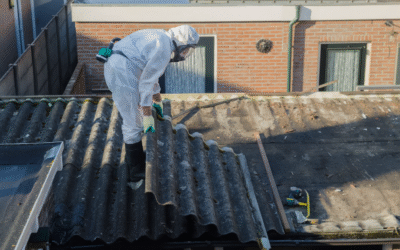Load calculations for industrial structures are crucial to ensuring the safety and efficiency of any project. Choosing the right tools not only allows for more accurate analyses, but also optimizes resources and ensures design viability. In this article, we explore the best structural calculation methodologies and how they can help you with your industrial projects.
For more details on how we perform these calculations, see our structural calculations page.
Why is load calculation important in industrial structures?
Load calculations ensure that a structure is capable of withstanding all the forces it will be subjected to during its service life. These include:
- Permanent loads: dead weight of the structure, equipment and fixed elements.
- Variable loads: use of machinery, storage and people.
- Environmental burdens: external factors such as wind, snow or seismic activity.
An accurate analysis is essential to ensure safety and comply with current regulations, such as the Technical Building Code (CTE).
If you need to ensure the stability of your structure, consult our structural calculation service.
Most used tools for load calculation
1. Structural analysis software
There are various applications that allow you to model structures in 3D, simulate real-life conditions, and calculate their behavior under specific loads. The choice of one or the other always depends on the complexity of the project: designing a lightweight structure is not the same as designing a large-span vessel.
2. BIM (Building Information Modeling)
The use of BIM transforms the design and calculation process by integrating all project information into a three-dimensional model.
Advantages of BIM:
- Conflict visualization before construction.
- Integration of data on loads, materials and environmental conditions.
- Greater design precision and time optimization.
Learn how we apply this technology on our point cloud and 3D design page.
3. Laser scanning and point cloud
Laser scanning creates an accurate digital representation of existing structures, facilitating their analysis and rehabilitation.
Applications:
- Identify structural damage in industrial buildings.
- Evaluate additional loads on existing structures.
- Integrate accurate data into calculation tools.
Learn how we integrate laser scanning into industrial warehouse renovation projects.
4. Specific tools for environmental loads
In addition to general programs, there are applications focused on specific loads, such as wind, snow, or earthquakes. These allow calculations to be adjusted to actual environmental conditions and ensure that the structure meets the most demanding safety standards.
Benefits of using advanced tools in load calculations
- Greater precision: reduce the margin of human error and provide reliable results.
- Resource Optimization: allow you to design efficiently and adjust the use of materials.
- Regulatory compliance: integrate local and international regulations to guarantee the legality of the project.
Common mistakes when calculating loads
- Failure to consider all loads: Ignoring wind or earthquakes can compromise safety.
- Improper use of tools: It is essential that calculations be performed by specialized professionals.
- Failure to update structural data: Especially in renovations, it is essential to work with accurate and up-to-date information.
If you need help avoiding these errors, consult our structural calculation services.
Tools that make a difference
Load calculations for industrial structures require precision, experience, and the use of advanced tools. From analysis software to technologies like BIM and laser scanning, each methodology adds value to the design and execution of safe and efficient projects.
At Engind, we specialize in integrating these solutions into industrial warehouse projects. Discover how we can help you optimize structural calculations and ensure the success of your construction or renovation.



